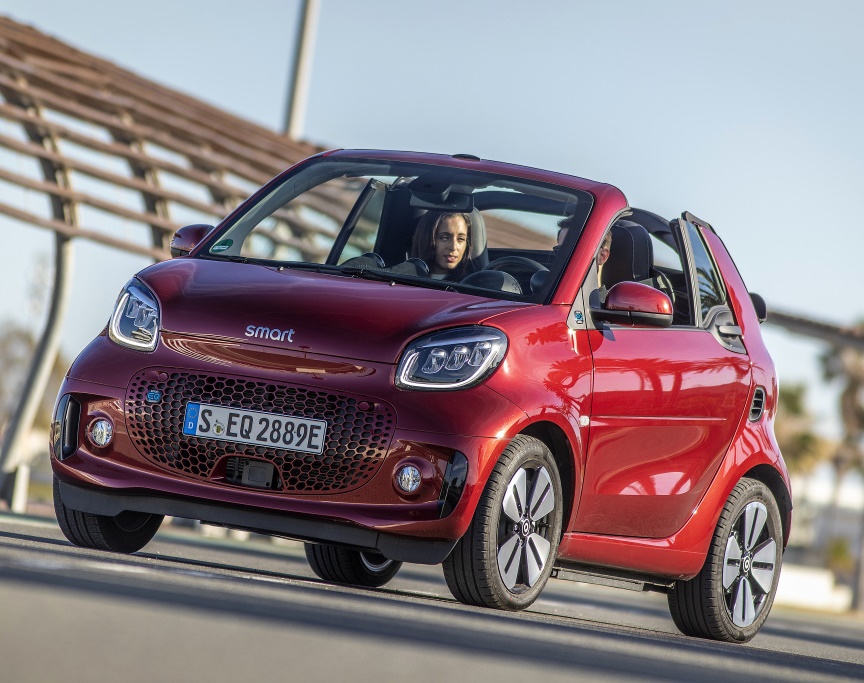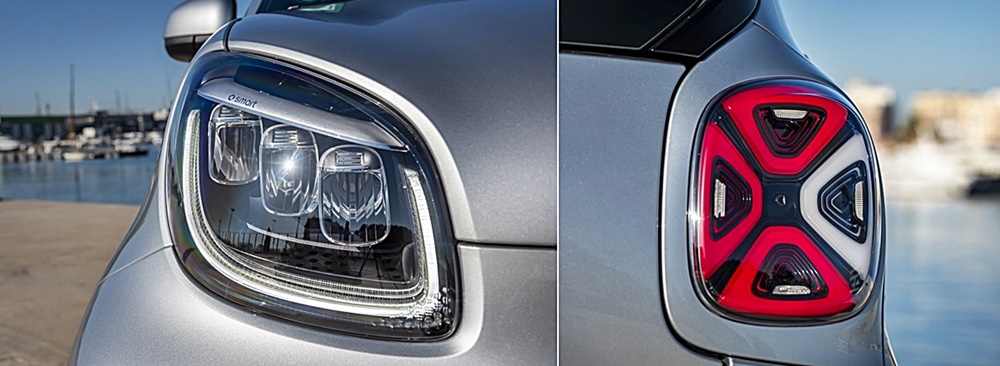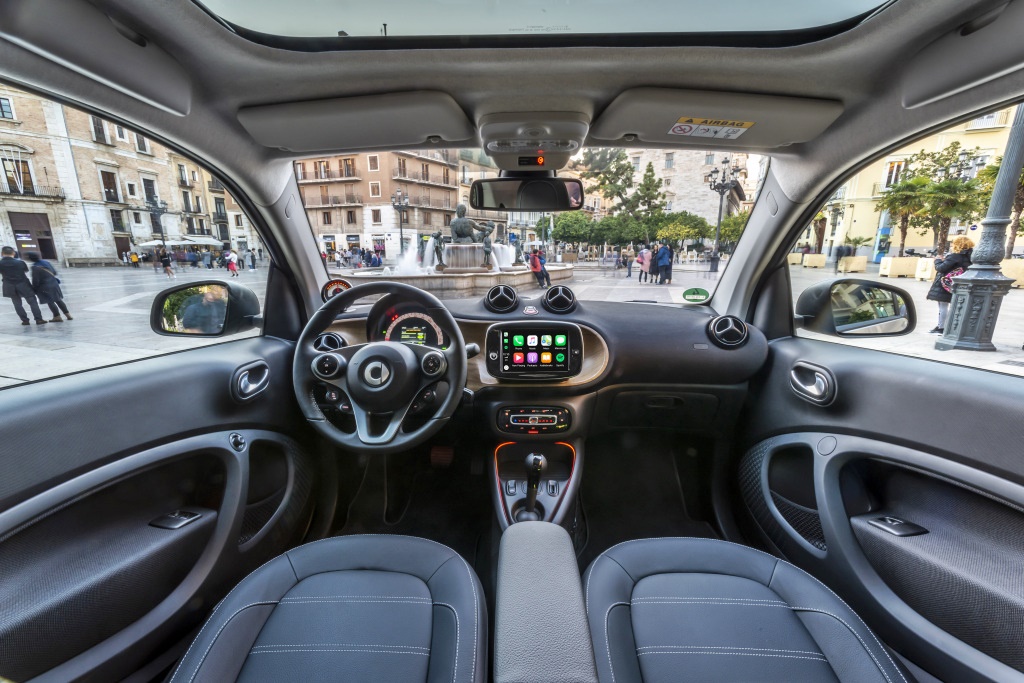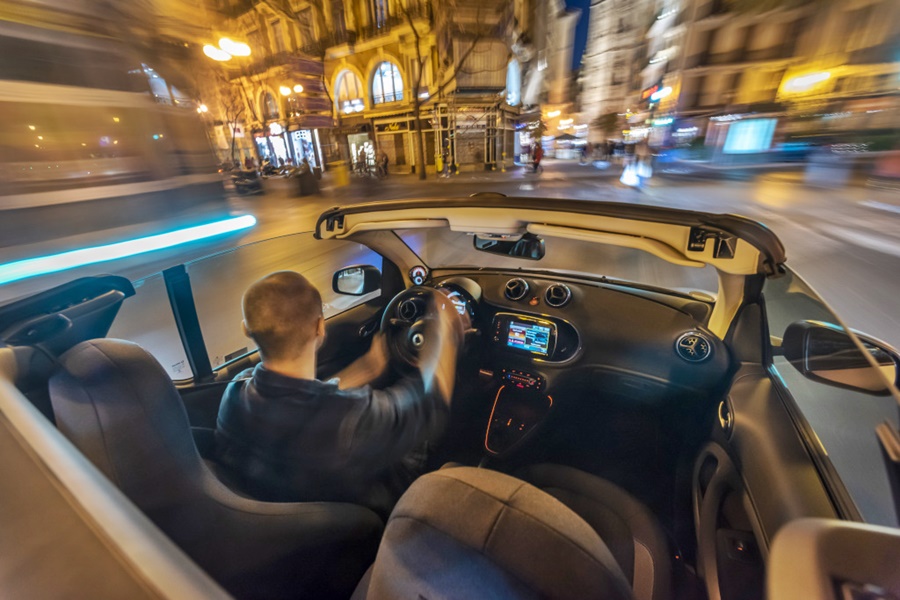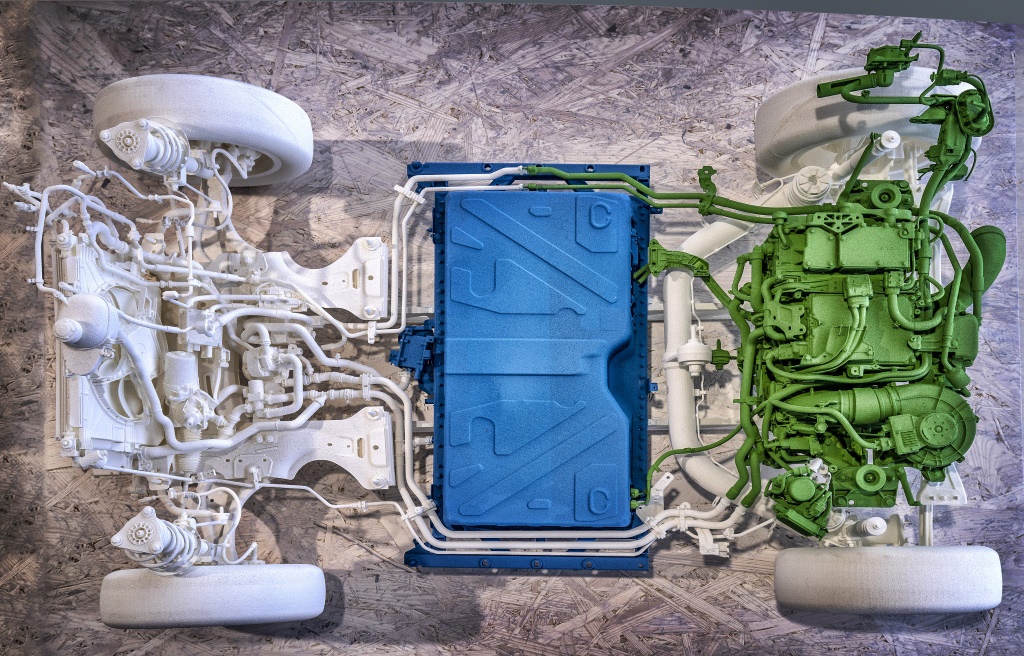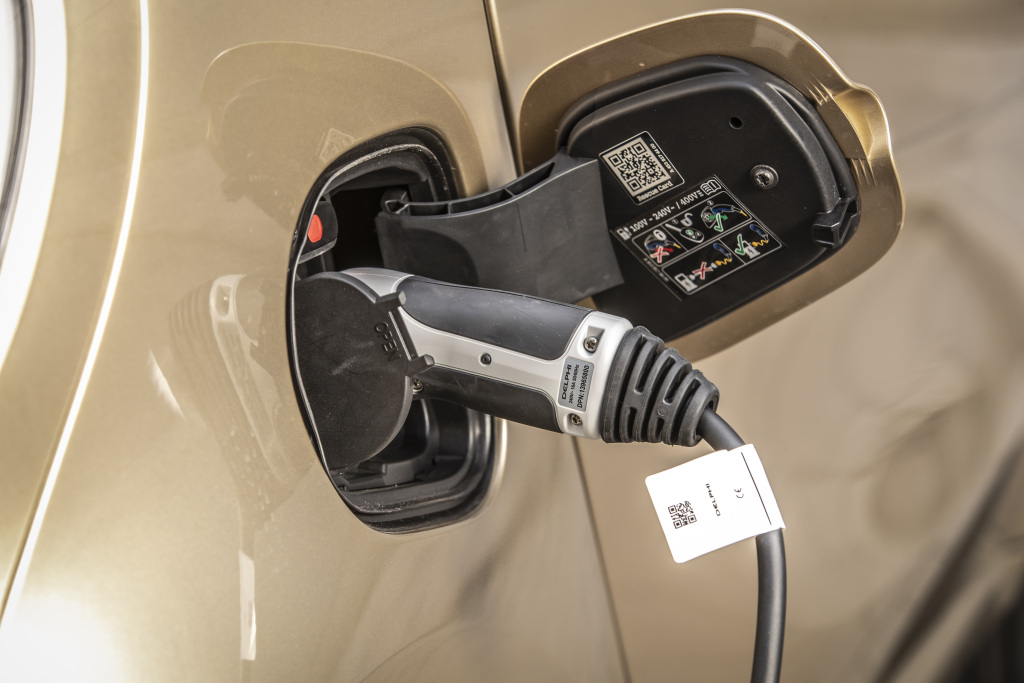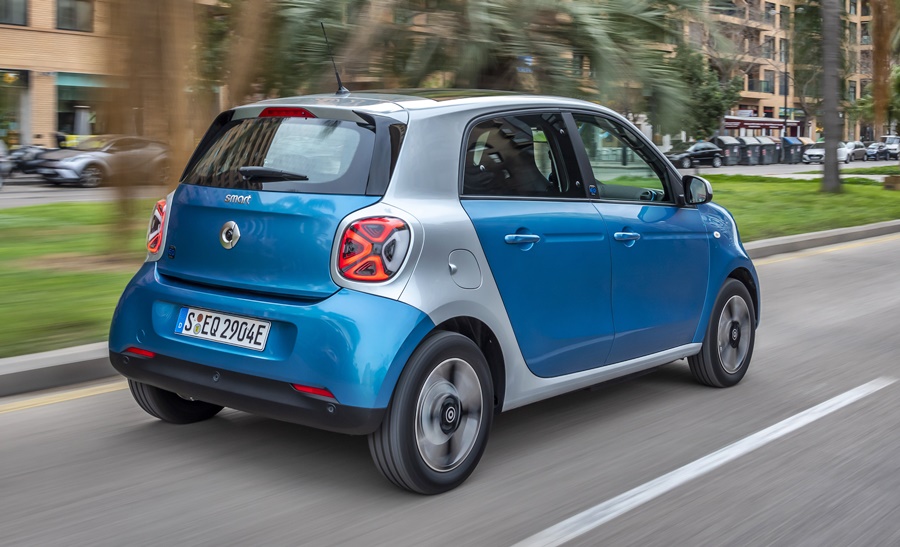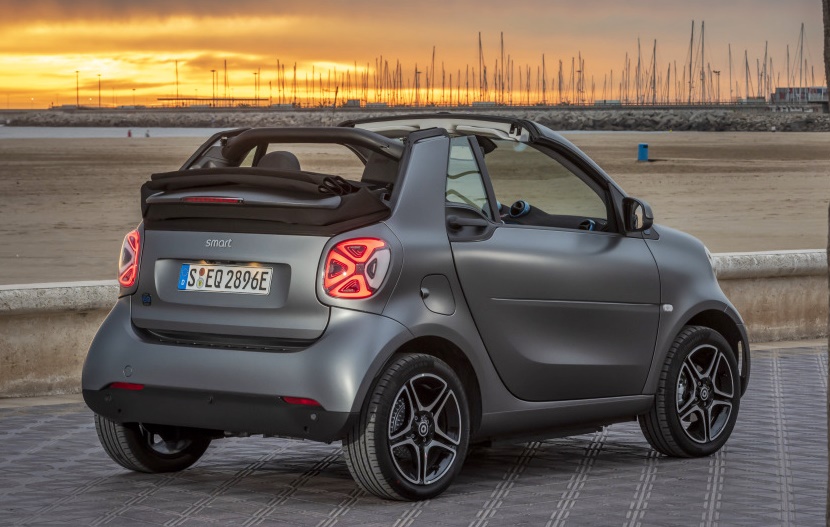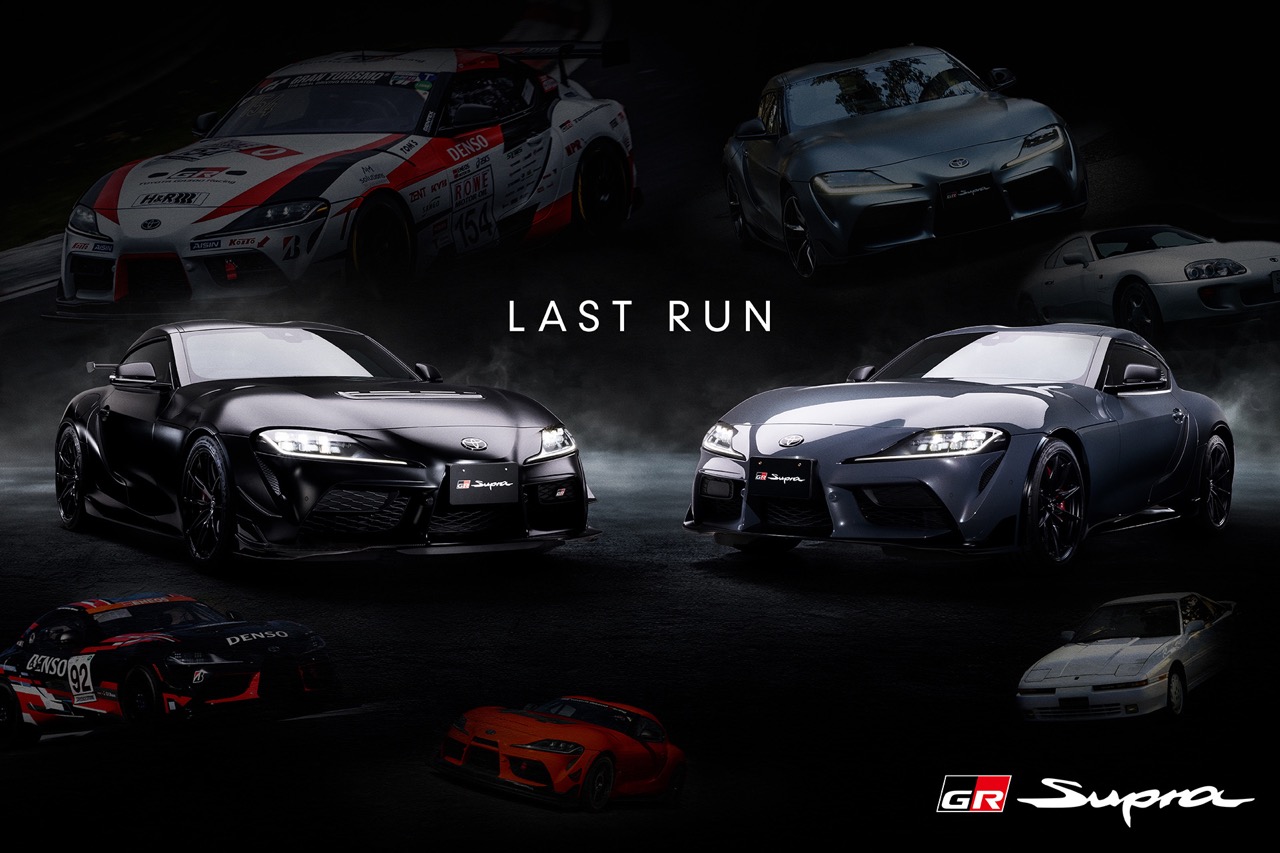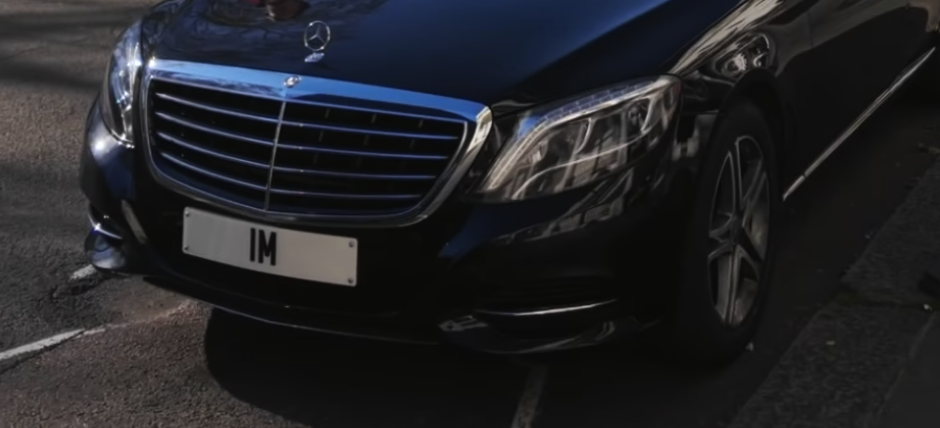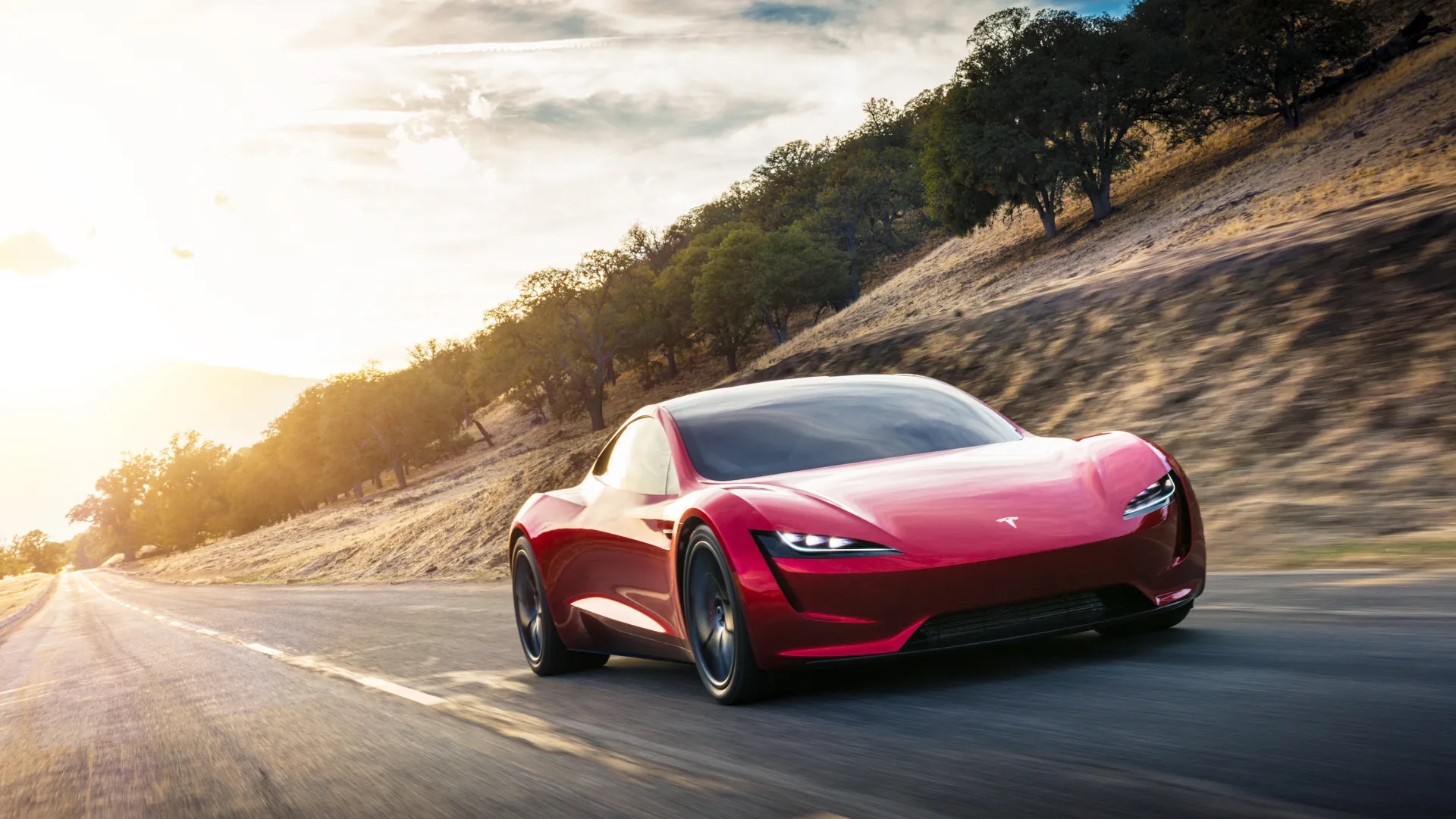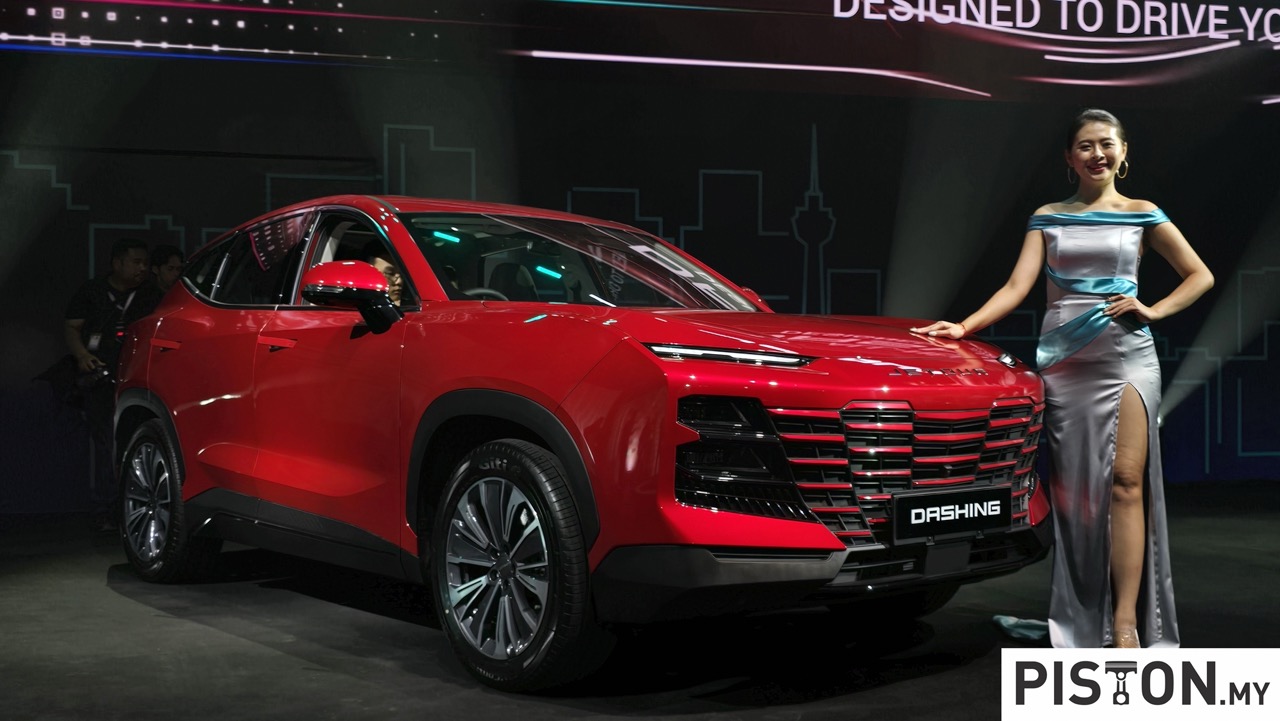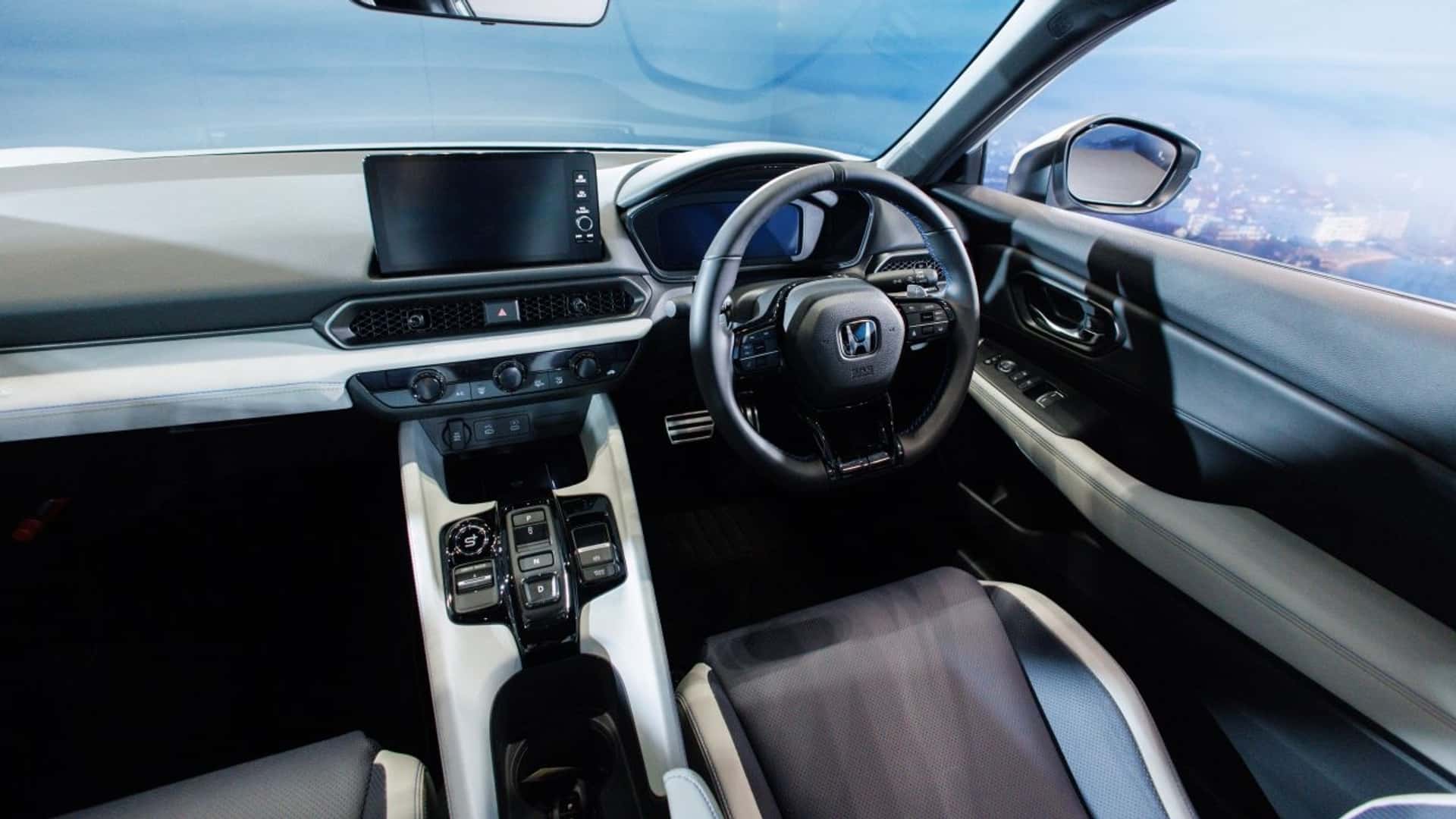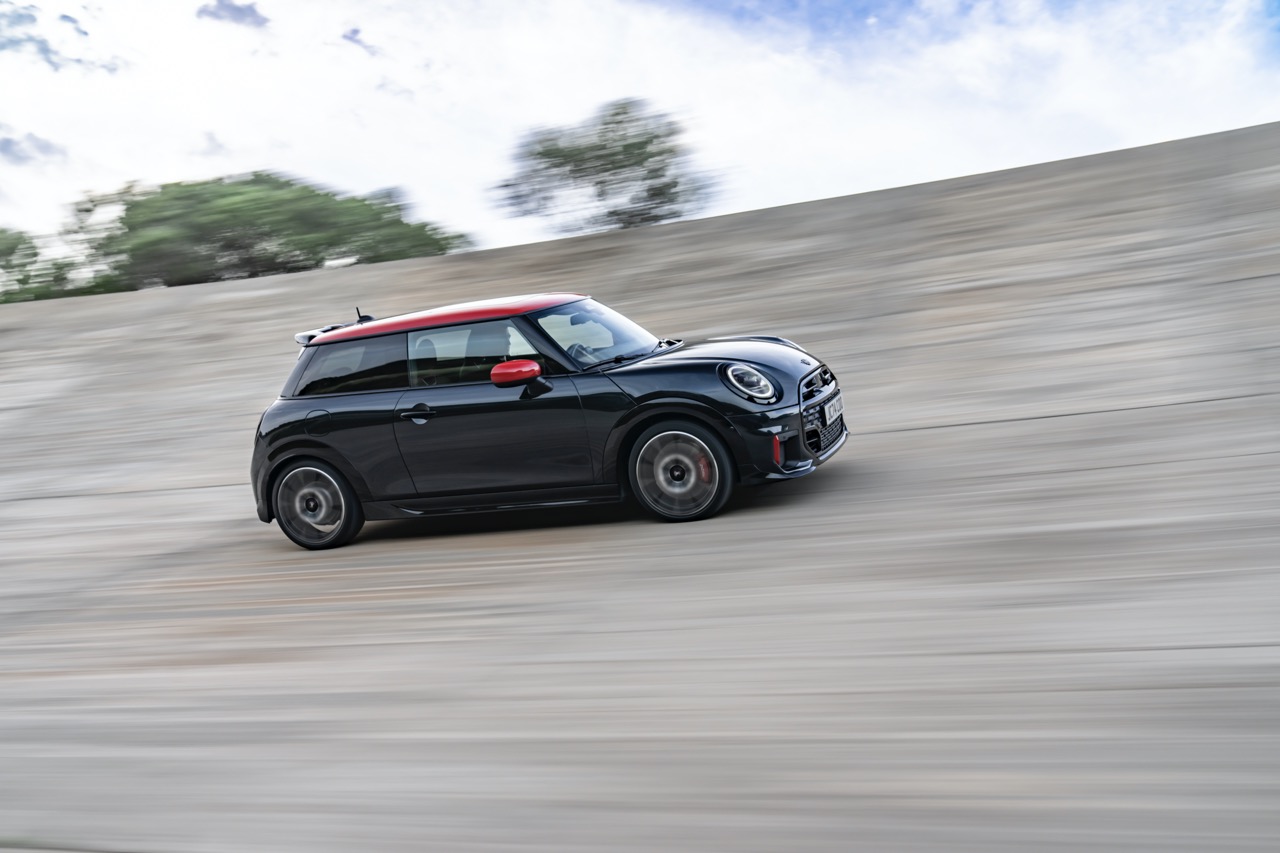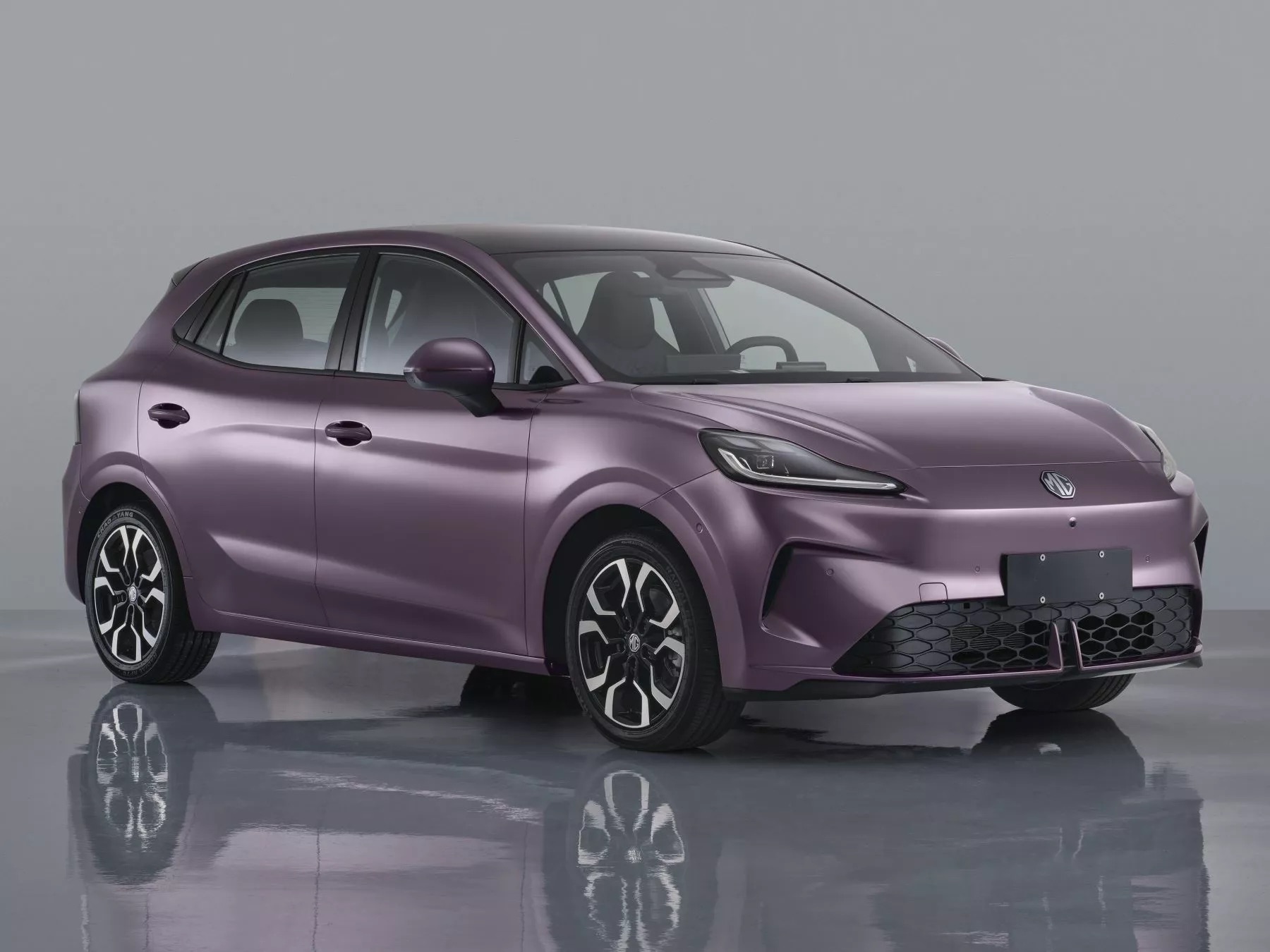“The car of the future must question existing notions and inspire with radical and ground-breaking technology ideas”, was how Mercedes-Benz studio engineer and visionary Johann Tomforde saw the evolution of the automobile back in 1972. Since then, the carmaker which is associated with the world’s first car has worked on a concept of a purely urban vehicle whose powertrain needs to be not only electric, but also a solution for future urban mobility challenges.
Its smart brand, in combination with progressive design and intelligent connectivity, offers a sustainable and comprehensive concept for urban mobility today. In 2007, the brand returned to its origins with the systematic switch to emission-free, battery-electric powertrains. Since then, smart has offered an all-electric option in every generation.

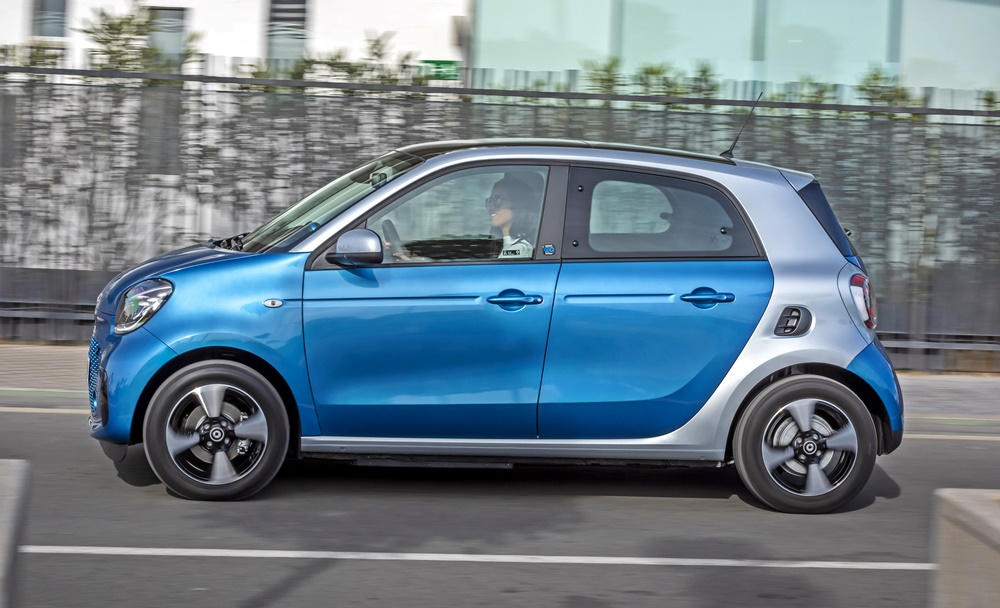
With the new fortwo and forfour models, the time has finally come where the brand is switching to emission-free, battery-electric powertrain technology across the board. “As a pioneer of urban mobility, it has always been part of smart’s credo to rethink things. The switching of the entire product range to all-electric powertrains marks the start of a new chapter in the story of the smart brand. In concert with innovative sharing concepts and digital services, we are the first manufacturer to switch completely and systematically from combustion engines to solely electric powertrains,” said Daniel Lescow, Head of Brand and Product Management smart.
Already appealing for its fun-to-drive character, the all-electric driving experience offers a new dimension in driving enjoyment to smart owners. With 160 Nm of torque available instantly, the new electric models accelerate far better than the 60 kW (82 bhp) of the synchronous motor in the rear might suggest.
As the traffic lights turn green, the smart EQ fortwo coupe will certainly surprise as it zips off the line, reaching 60 km/h in just 4.8 seconds – and almost noiselessly too. Energy comes from a compact high-voltage lithium-ion battery pack which encloses three HV modules and a total of 96 HV cells. It has a capacity of 17.6 kWh when fully charged, sufficient for a range claimed to be up to 159 kms.
For daily driving, this corresponds not only to several times the average daily kilometres driven in Germany but above all, to a generous range in the metropolitan environment where energy can be recovered through recuperation. Radar-based recuperation in the city is a particularly convenient feature. It allows the smart to slow down automatically behind a vehicle ahead. Coasting and braking phases are perfectly coordinated to enable the maximum amount of kinetic energy to be returned to the battery.
Powertrain and battery pack temperatures are crucial in electric vehicle. Staying cool is important for optimum performance and the engineers gave special attention to temperature management. While generously sized air cooling is enough for the electric motor, its flange-mounted power electronics are liquid-cooled.
The battery pack also gets cooling. When needed, it is integrated into the cooling circuit of the powertrain to remain in the optimal temperature range under high permanent load or during fast charging, for example. The same is true when temperatures are extremely low, which is just as bad as high temperatures. A battery heater enables warming up the battery for optimal performance and efficiency.
To make recharging as easy as possible for drivers, smart offers comprehensive charging options. With the optional 22 kW on-board charger with rapid-charging function, the battery pack can be charged from the 10% to 80% range in under 40 minutes and without having to rely on rare DC charging stations if 3-phase charging is possible (depending on local conditions). Should charging be done from a conventional household socket at home, recharging for 6 hours would provide enough energy for average daily driving.
3 clicks instead of 45 pages
Simplicity was a key concept in the smart when it was conceived. With the new generation, that continues not just in the design and engineering but also the equipment level structure. With just a few clicks, instead of 45 pages of specs, the car can be easily configured. There are three equipment lines, and each line can be combined with one of three equipment packages. Once that is done, all the customer has to do is pick a colour and his or her new smart is complete.




